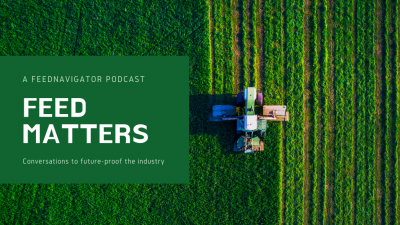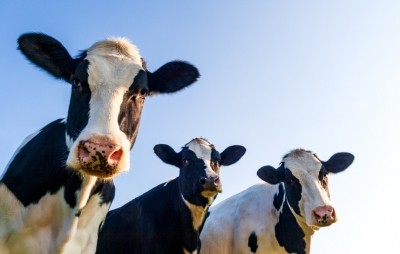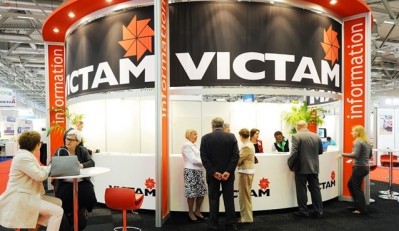Dispatches from GFFC in Bangkok
Comment: Feed is booming, but where are all the Asian companies?

“Why are companies like CP are not here today? Where are the Asian meat distributors, the meat processors? Where is Alibaba? Where is JD?”
When Marcos Jank, a senior figure in the Brazil-to-Asia export trade, stood up to make this point from the floor in the dying moments of the Global Feed and Food Congress (GFFC) in Bangkok last week, it was as if someone had finally uncovered a 500-kilo Nelore bull in the lavish Shangri-La conference room populated mostly by guests from the Americas and Europe.
The final hour of an event like this is usually given over to self-congratulation and pronouncements of collective efforts to go forth and further the fortunes of the industry until delegates reassemble for the next talking shop. But Jank’s query served to put delegates slightly on edge.
The chief executive of Asia-Brazil Agro Alliance knows a few things about the protein market in Thailand and the wider region. He had earlier talked about non-tariff barriers across Asia and is a well-known figure in the export industry.
He continued: “How can we bring forward the local agenda, because we basically only have European companies, US companies assembled here?
“How do we attract Asian companies because this is the most dynamic region today? How do we debate Asian agenda in meetings like this one?” Jank asked the GFFC 2019 audience.
It was a valid point, well made, and it was swiftly acknowledged by Dr Daniel Bercovici, chairman of the International Feed Industry Federation (IFIF), the body behind the event, in his closing remarks. “We need to get our message out to more people in Asia, to bring them here the next time we gather,” he said.
His pronouncement gave a hushed roomful of delegates pause to reflect on his words and mutter comments to those sitting next to them. Sometimes the things you don’t notice at first are the ones that become painfully, blindingly obvious. Somebody just needs to point it all out.
The same was the case at major food industry conferences, conclaves, seminars and symposiums across Asia until just four or five years ago. Then, multinationals still saw Asia as if it were simply an extension of their Western strongholds. The industry was only just beginning to cotton on to the fact that some 4.5bn people lived in this vast continent, and consumers had strong differences in diet, eating traditions and even medical phenotypes that had been ignored by the global food makers for many years.
Recognizing that the many Asian markets were different to their own, smart F&B firms started to invest in local R&D, often supported by individual government research programs. A*STAR, Singapore’s commercial science agency, was one of the regional leaders in this regard, working with the likes of Nestlé and Danone. This new interest would also encourage local players to strive harder.
Looking at the vast halls of Bitec, Bangkok’s exhibition center, where VIV Asia commenced the next day, there were some distinct contrasts with the conference.
While Western countries were well-represented among the stands there, a growing number of Asian businesses was also in attendance. What seemed like a clearly majority of visitors appeared to be attending from all points across the continent.
One of these, an executive at the Mumbai outpost of a large French veterinary supplies business, questioned how “if the potential is definitely here, what are we doing to tap into it ourselves?” as he queued for a Starbucks coffee.
Lack of Asian perspective
“I’ve come here to meet some friends and see what’s new. It’s an enormous show, but companies are generally missing out on putting forward an Asian perspective,” he lamented, adding that India is extremely different to Southeast Asia or China—something that should be better reflected in the halls.
Again, Bitec offered a flavor of the food industry back when it descended on these exhibition halls several years ago. Just as then, last week again saw mass interest among multinationals as they surveyed markets full of potential and challenges. But now some have been launching new products for the Asian market, in some cases ones that have been specifically tailored for it. But, for the most part, Western companies continue to lead the charge.
It may not be a giant leap to suggest that the feed and agricultural industry might be following in the food industry’s Asian footsteps, albeit a few years behind the curve. If this is the case, it can only be a good thing for feed and agricultural businesses. In food, Asia has quickly become one of the most innovative regions in the world, in terms of products, formulations, distribution and trade, thanks to it finally getting the recognition it needs. Let’s see if this laggard part of the world is starting to wake up too for feed.








